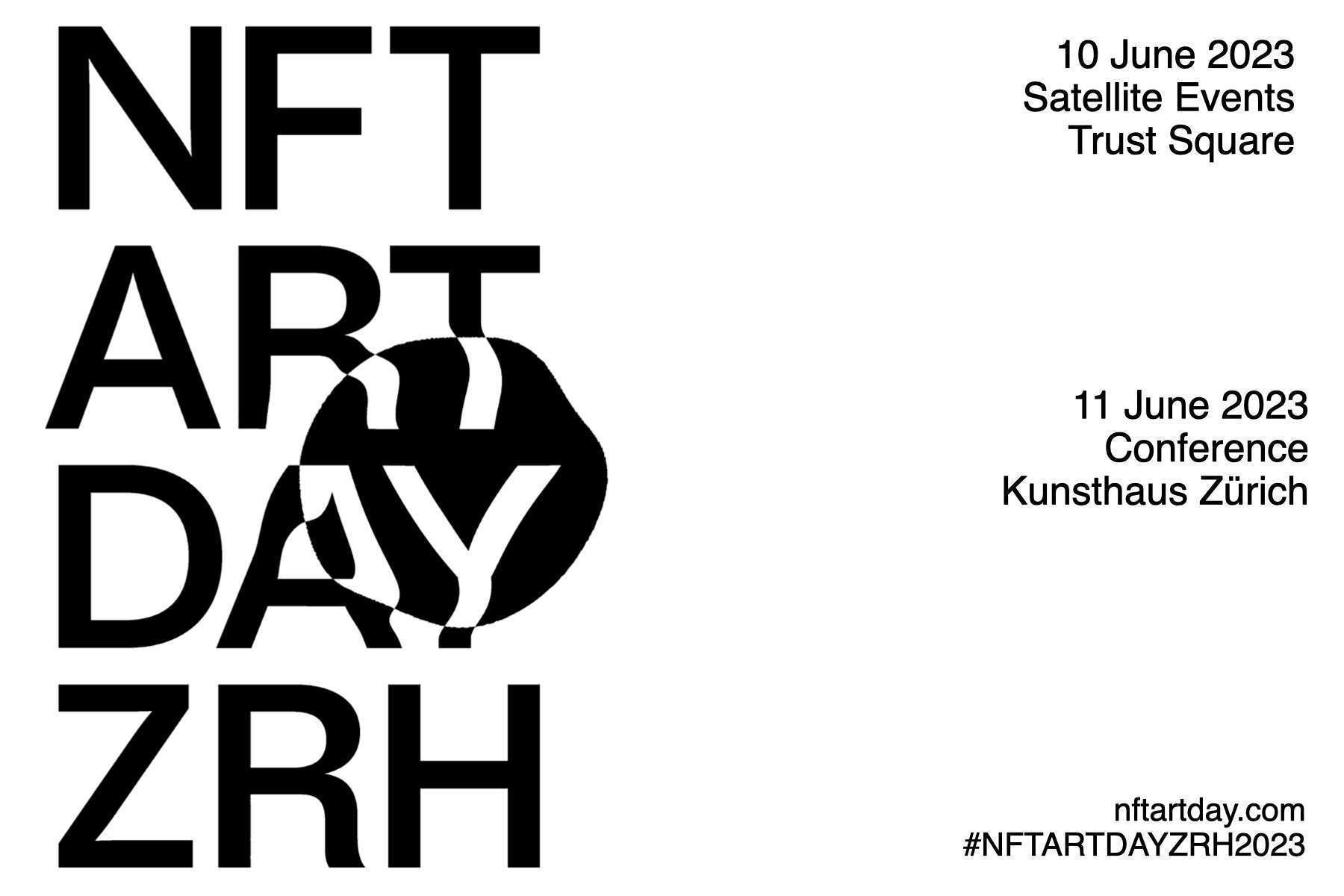For NFT pawnbrokers, price discovery is the holy grail

Keep your eye on non-fungible token (NFT) pawnshops.
- Protocols and platforms that allow people to post NFTs like Safety for a crypto-denominated loan is on the rise. But for many, price discovery is an ongoing problem in search of a holy grail to solve it.
Why it matters: For those who have NFTs that trade frequently and are considered more liquid, such as those in the Bored Ape Yacht Club, CryptoPunks, or Pudgy Penguins collections, collateralized loans allow them to “hold” and have coins on hand.
- For the industry, NFT lenders are another piece of crypto plumbing that will support consumer-facing”NFT financialization.”
Be smart: NFT holders have weathered declining coin prices and falling prices by “freezing” portfolios, according to Chainalysis’ market report.
Driving the news: Lenders are adjusting their strategy to either solve the problem, or simply remain competitive.
- Arcade.xyz, formerly Pawn.fi, launched an update in mid-August with a redesign and new features such as collection offers. They allow users to post a collection of NFTs as collateral for a loan.
- BendDao.xyz recently held an emergency vote to change liquidation thresholds to make them more enticing to buyers, a BendDao representative told Axios, in the wake of a rash of defaulted loans and no bidders draining reserves.
Big picture: NFTs are less liquid than coins. For example, consider that the oft-quoted benchmark “floor price” only represents the lowest price someone is willing to sell NFT for, but not the lowest price someone would purchase.
How it works: NFT lending protocols generally follow three models, with peer-to-peer being the most common.
- Protocol-to-peer: JPEG’d allows a borrower to post NFTs as collateral in exchange for their synthetic stablecoin. If they default, the underlying NFT is auctioned. (This is how MakerDAO, the largest protocol in DeFi, works, except it uses crypto as security.)
- Peer-to-peer: NFTfi and Arcade allow borrowers to propose terms for a loan against their valuable NFTs. If someone accepts their offer (duration, denomination, etc.), they lend the borrower what they asked for. If the borrower defaults, the lender can take NFT.
- Pool-to-peer: BendDao and Drops pool loans and an algorithm sets terms. If the borrower defaults, NFTs are auctioned. (See also: Astaria)
What they say: “Price protocols are getting better at pricing assets, but we’re not there yet. There’s not enough liquidity to base a lending decision on a specific trade,” Gabe Frank, head of NFT’s lending protocol Arcade, told Axios.
- “It’s super niche right now with only 5,000 active users, but with games and NFTs representing real-world claims, it could go mainstream in the next two to three years,” he added (Arcade recently a loan on a tokenized NFT ).
- “Unlike in fungible markets, one of the hardest things to establish for NFTs is their real-time valuations,” according to Cherry Ventures, an early-stage VC shop.
Yes, but: Better mechanisms for price discovery are being developed, whether they are rating games or price oracles.
The bottom line: NFTs find a new life, but in a different market.

























